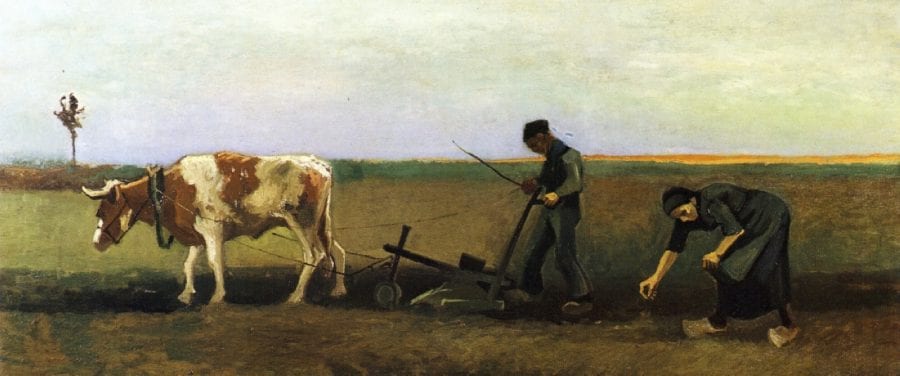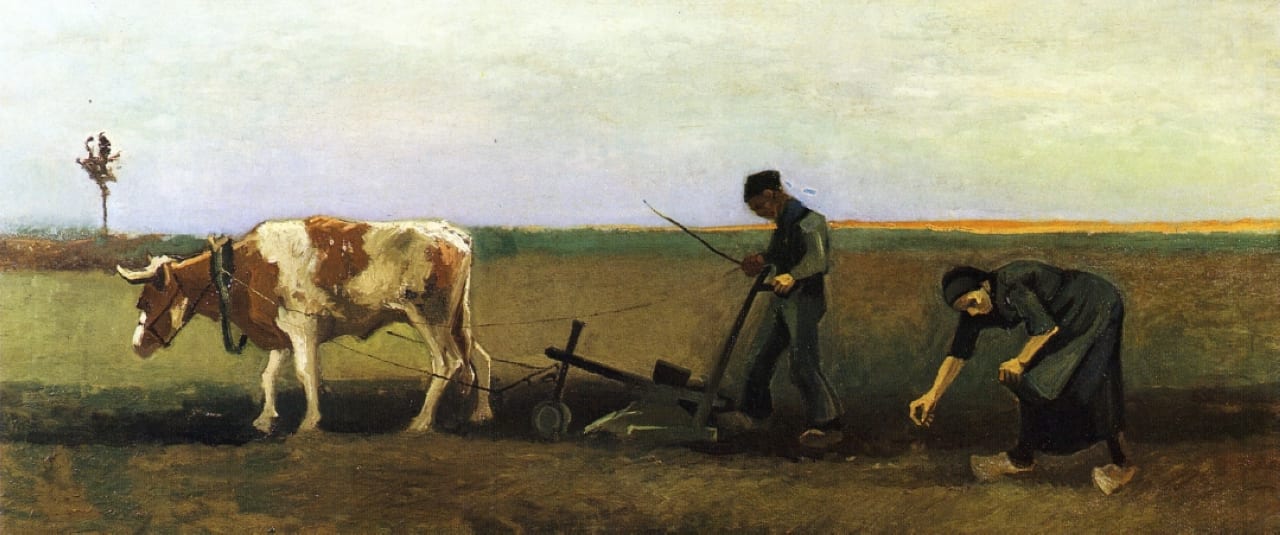What happens when you let an Aboriginal art critic comment on a very idealized and western view of nature and naturalism? Tyson Yunkaporta wrote a sobering piece about Van Gogh’s depiction of authentic landscapes in The Guardian, after visiting the exhibition ‘Seasons’ at the National Gallery in Victoria, Australia. Yunkaporta regards Van Goghs’ art an uncanny representation of the longstanding western conflict between nature and industrialized landscapes, making him detached from the land;
” There is something desolate and unfulfilling in a view of nature that separates us from it, leaving us to plunder it for food products, minerals and even light and colour for art. There is a kind of desperate longing for connection and meaning through country that I see in the works of Van Gogh, who was outside of the land, looking in.”

This analysis of a well respected western artists’ view of the world is a very good example of how different Aboriginal people perceive their surroundings, crossing the borders between modern and indigenous worlds. One of the most interesting points Yunkaporta makes is about different perceptions of natures’ seasons. He describes how the 4 seasons have been imposed by the northern hemisphere upon Australia a few centuries ago, whereas Australia actually has up to twice the amount of seasons relating to the biodiversity of the different regions. His explanation is that the continent is not -yet- entirely superimposed by mono-culture, therefor the call of the lyrebirds (for example) reminds him it’s time to collect the starchy sweet cores of the ferns in the Kulin nation. Yunkaporta hereby demonstrates how this approach of the seasons is way more connected to every aspect of nature, as opposed to western industrialized approaches with a heavy focus on economic merit, an artificial concept of growth, one that can ultimately only obliterate and consume itself. And exactly the latter is also represented in Van Goghs’ work.
Want to read the full article? Go to the The Guardian website.

